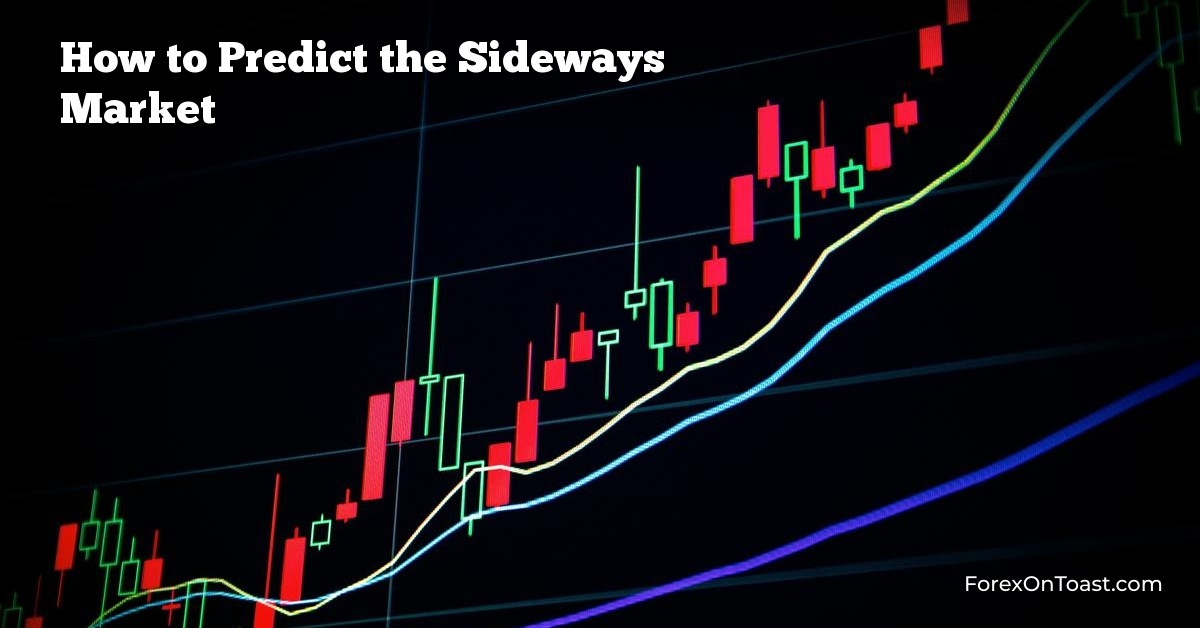When you’re on the hunt for a new stock, it’s important to know when to buy and when to sell. If you’re not sure, we’ve got you covered (pun intended).With this post and the tips below, you’ll be able to predict when the market is likely to be in a sideways trend.
That means you can buy at a lower point and sell at a higher point, making your returns higher. With this guide, you’ll be able to know when to buy and when to sell and make the most of the market’s ups and downs.
What is Forex Trading?
Forex trading is when a trader buys a currency and sells a different one, and the exchange range fluctuates according to the demand and supply. The trade for currencies takes place in the foreign exchange market that is open from Monday to Friday.
The Foreign exchange market is open 24 hours a day. All currencies are traded over the counter (OTC), which means there are no physical exchanges, and a worldwide network of financial institutions and banks oversee the operations. As a result, the vast majority of trading in the market is between institutional traders.
Four Ways to Predict Sideways Market?
When the price of an asset is not moving in a specific trend (upward/downward) but is instead bouncing between two parallel levels, you have a market that is considered ‘Sideways.’ However, the real issue is to identify this market condition in Forex and other markets, which is why we are here to help you out:
ADX Under 25
The ADX (Average Directional Index) is a tool that can locate the trend of an asset and see whether it is moving upwards or downwards. High values of ADX (30 or higher) mean the asset price is either moving up or down. Low ADX values (25 or lower) mean the asset price is moving sideways.
ATR below 20-Period Moving Average
ATR (Average True Range) is another tool that can display the average difference between the recent highs and lows of candles’. ATR values, unlike other indicators, are not normalized, so it is essential to compare the present ATP value of the asset to the historical one.
Adding ATR with a 20-period moving average and allowing trade only when the ATR is below the moving average will help remove the big bulls while the big bears move in on the ranges.
RSI between 40 and 60
The RSI (Relatively Strength Index) is a tool that determines how strong the price is moving upwards or downwards. Historically, traders have considered an RSI value of 70 as a bullish move, whereas an RSI value of less than 30 is considered a bearish move.
Multi-time Frame Analysis
Suppose you are unsure of the market’s movement and are having difficulty determining a trend. In that case, you can do a multi-timeframe analysis on the asset’s higher and lower time frame before locking in a trade.
If, for example, you are trading at point H1 on the chart, you can check the M5 chart to determine that the trend is in the same direction, and at the same time, you can check the H4 chart and ensure that the higher time frame price is also in the same direction. If all the charts show the same direction of the trend, then lock in the trade.
Four Tips for Trading Sideways in the Forex Market
The sideways conditions in the market are constantly changing, which is why it is important to pay attention to the following:
Determine where the Market is Worth trading in or not
A sideways market is only worth trading in if it is range-bound, which means it is oscillating/trading between defined horizontal levels of resistance and support. If there is a considerable distance between resistance and support, then the sideways conditions are considered favorable.
A ‘Choppy’ is not Worth Investing In
A choppy market is consolidating extremely tightly, so it is not worth investing in. Furthermore, the movement of this market is unfavorable as the distance between the reversals is not good enough.
What to do if a Sideways Market is Worth Investing In?
When there are clear-bound conditions present in the market, we can watch the price movement and buy and sell accordingly. The best way of trading in a clear-bound market is through a ‘False Breaking Strategy.’ In this strategy, traders wait for a false break in a trading range, as their chances of gaining profit increase when this happens.
Don’t Chop Up the Trading Account.
If the market is in a choppy condition and is unfavorable for trading, don’t trade. Playing the waiting game and saving the trading capital is clever, rather than over-trading and losing all the capital.
Conclusion
In this article, we have tried to explain in the best way possible what a sideways market is, why it is hard to predict, and how can you trade in such conditions? But, of course, we can never be certain if a strategy can work or not; it is best to read up all the information and make your own decision.
